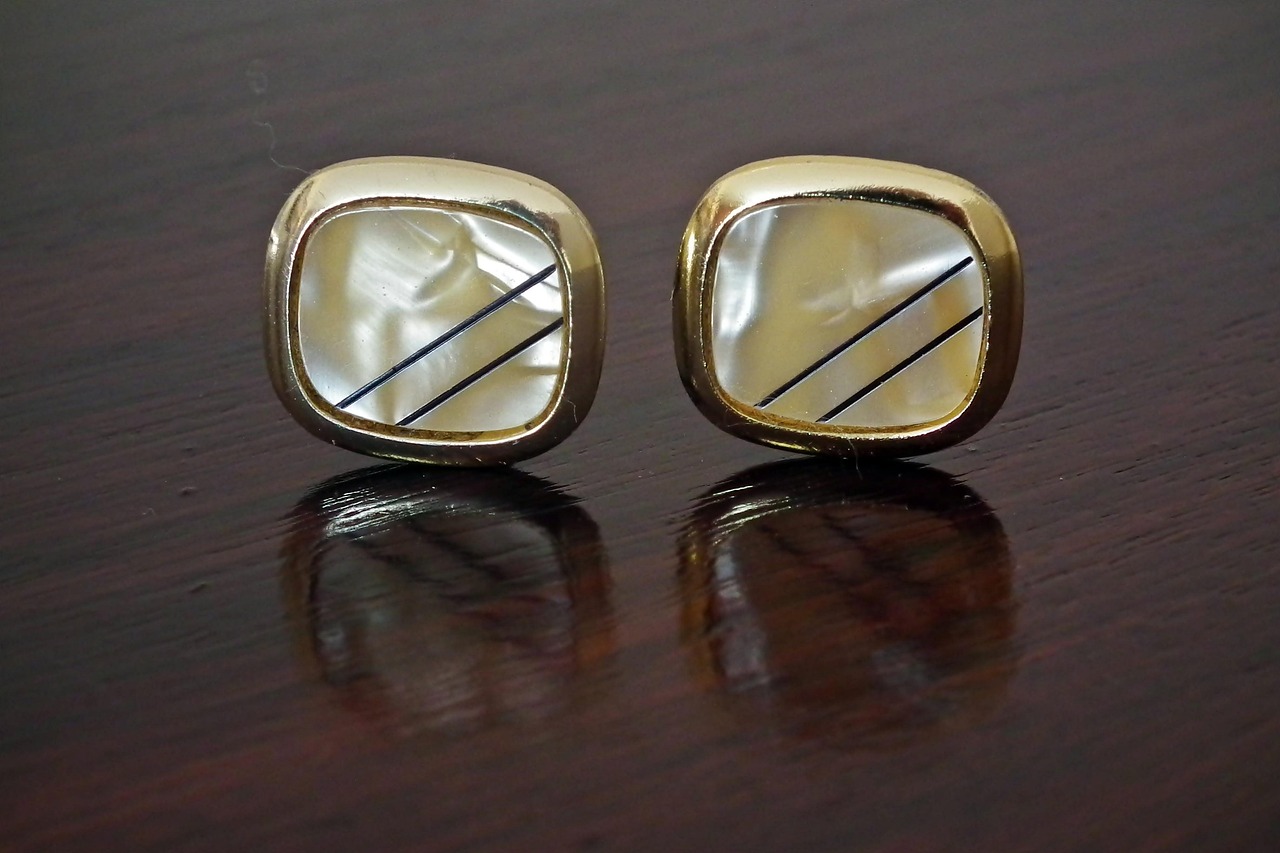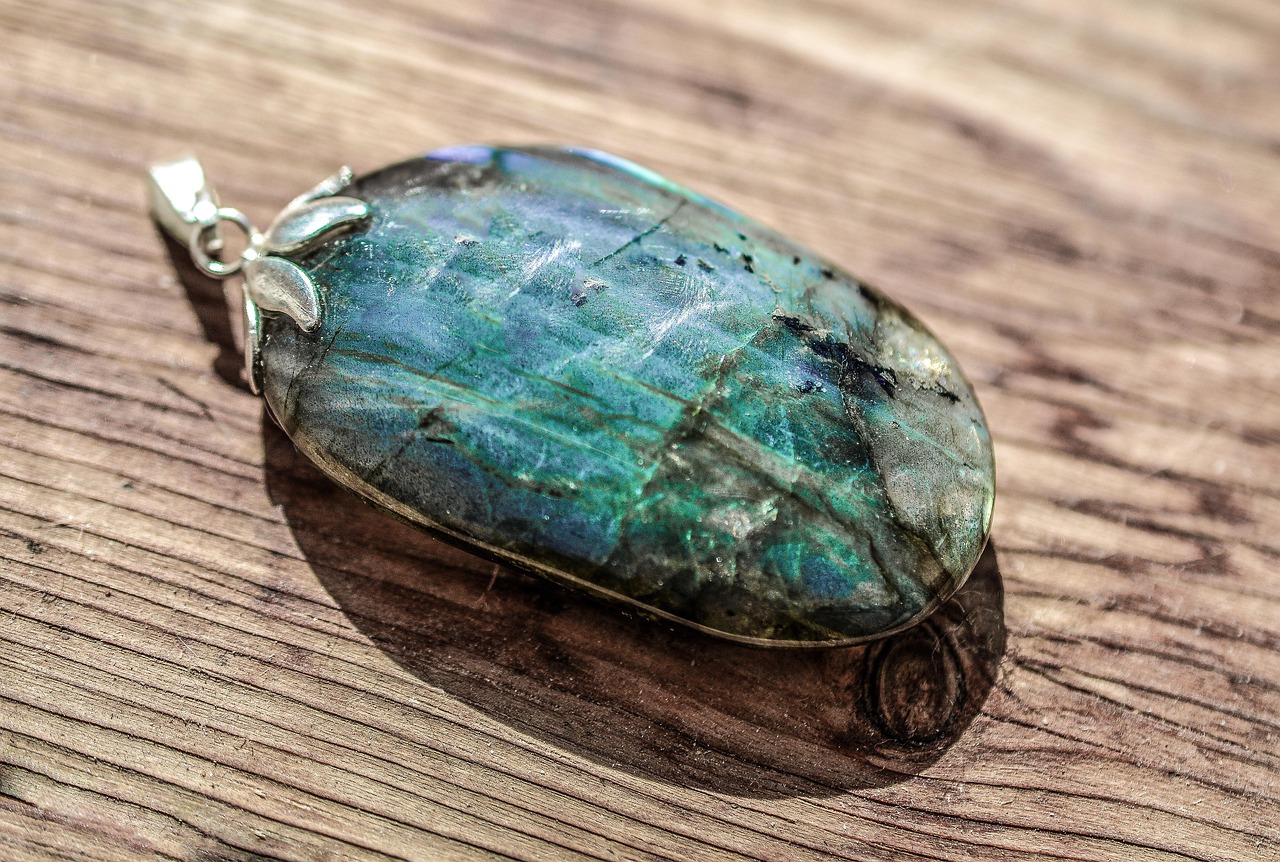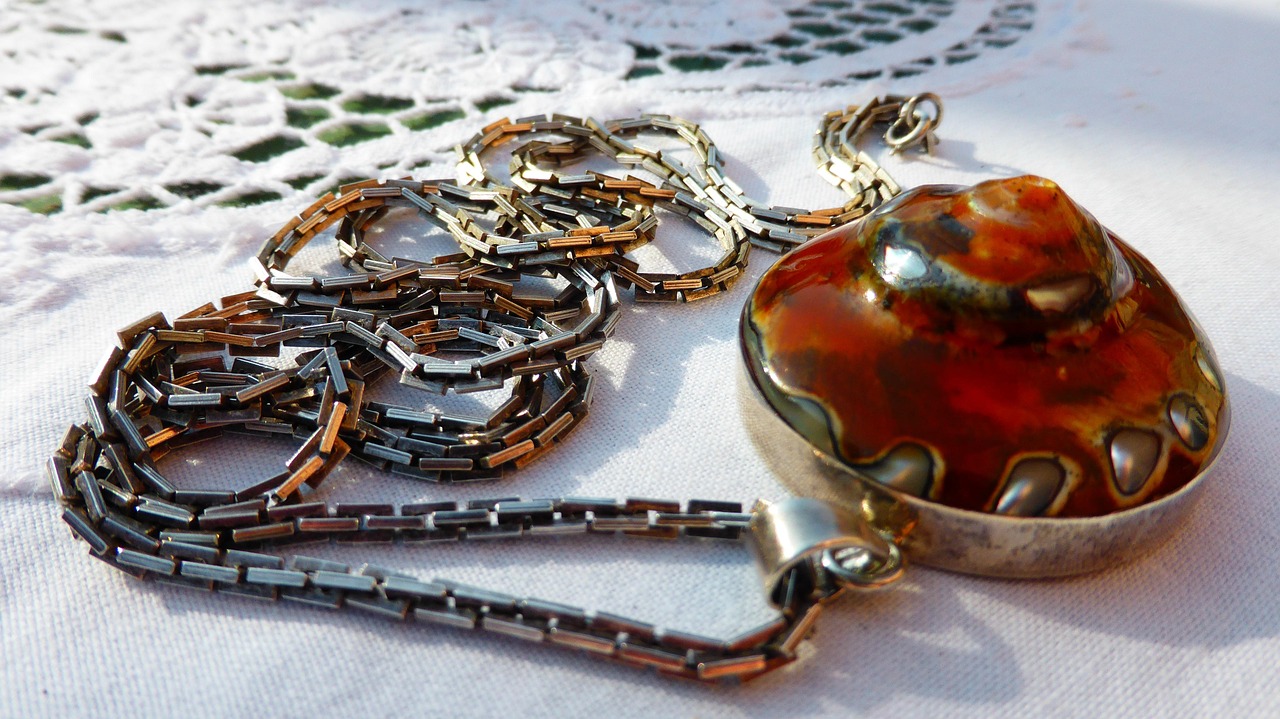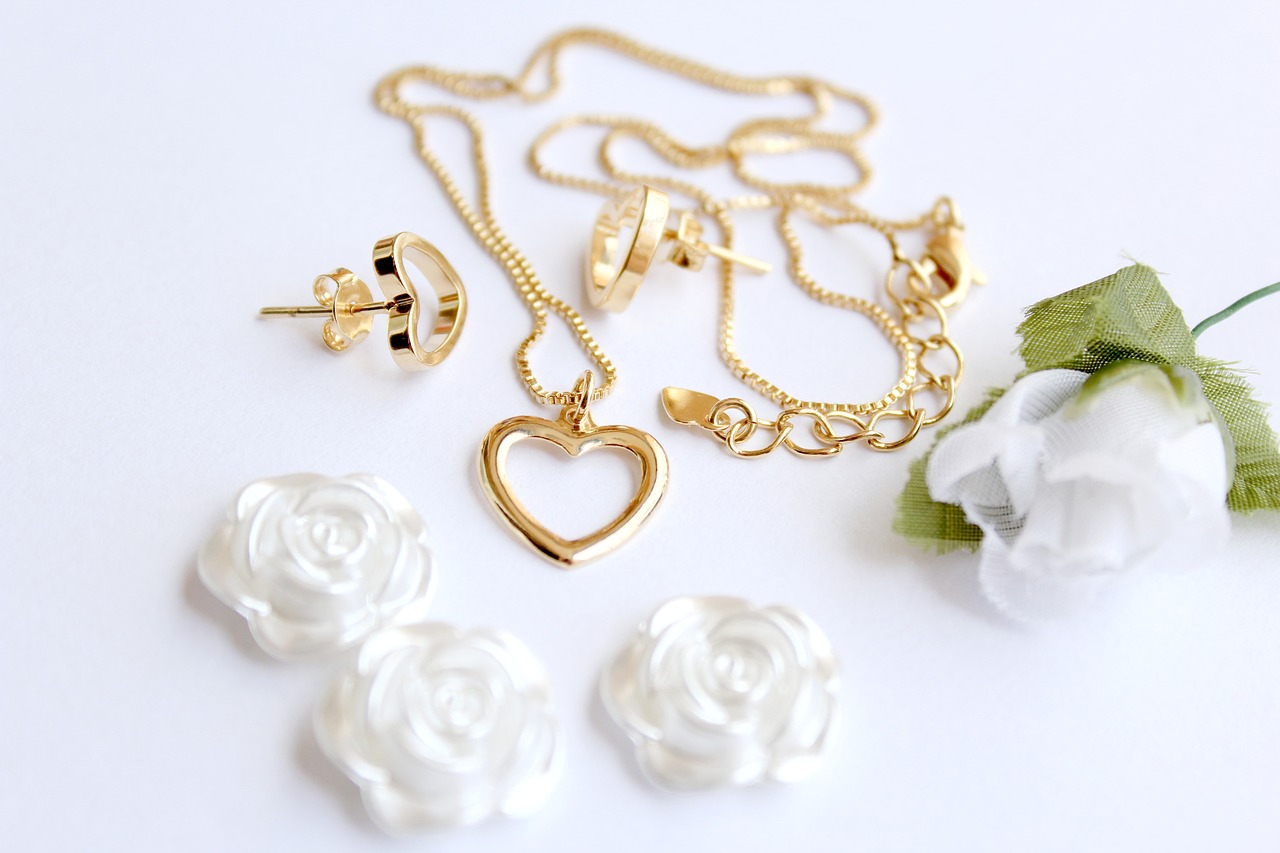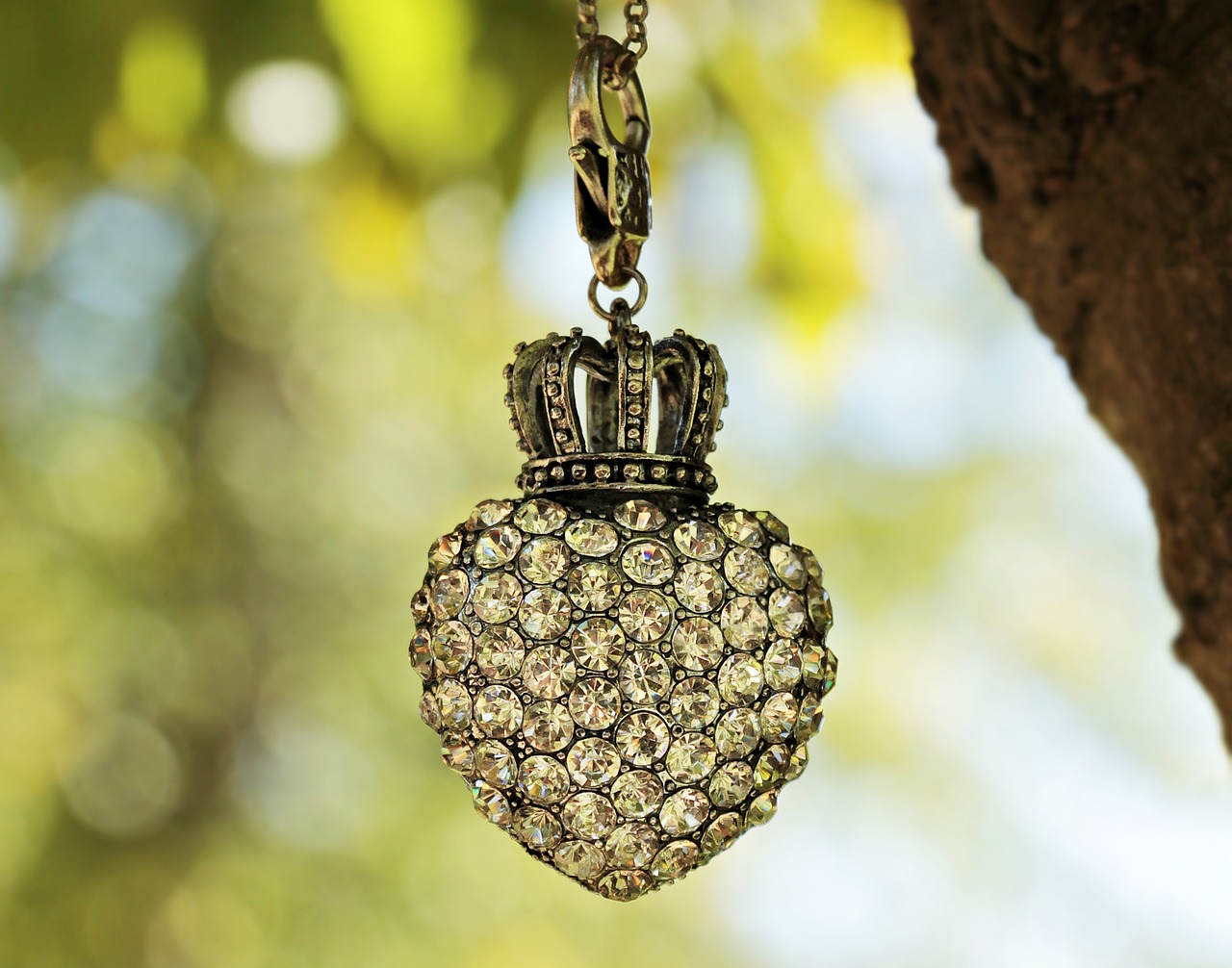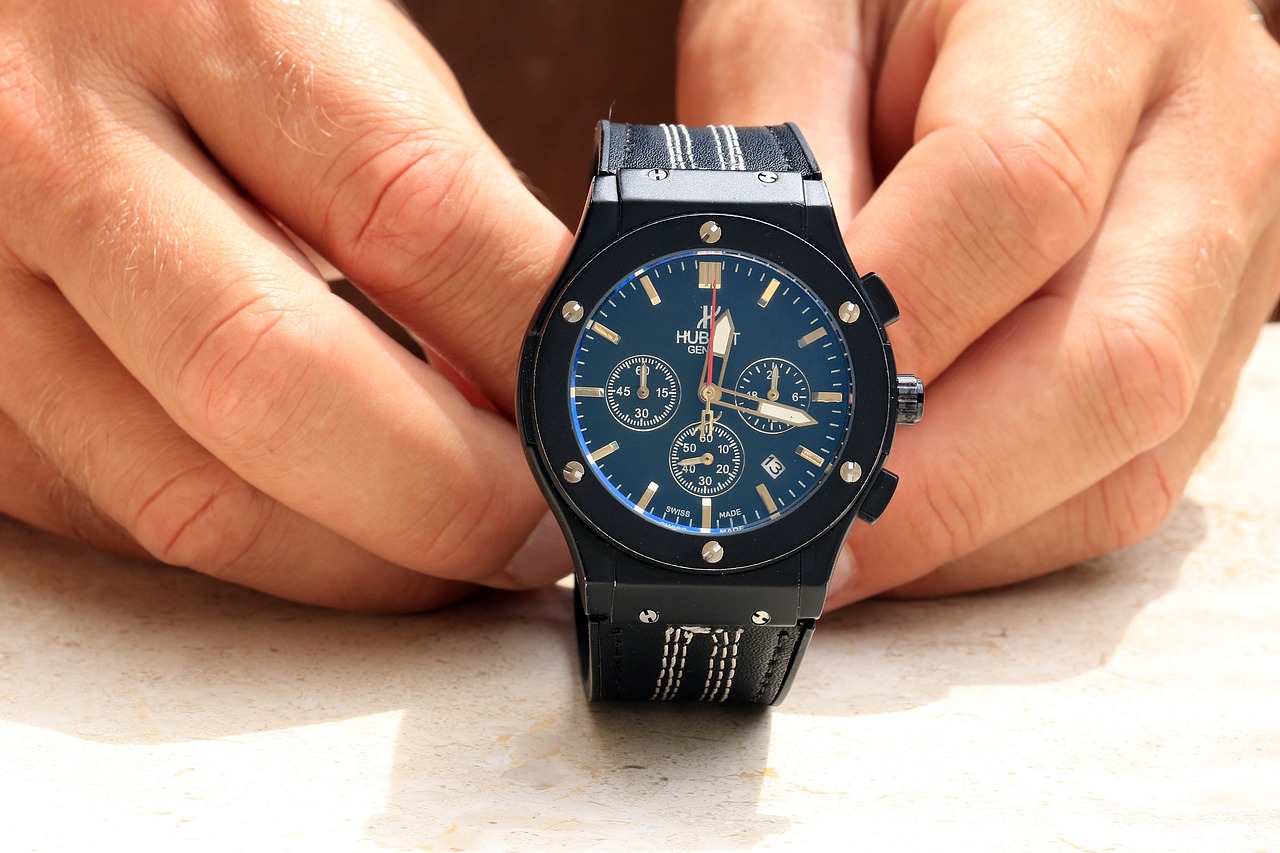This article delves into the key factors, effective methods, and valuable insights required to accurately assess the resale value of your jewelry. By understanding these elements, you can make informed decisions when selling your cherished items.
What Factors Influence Jewelry Resale Value?
Evaluating the resale value of jewelry involves a variety of factors. The most significant include:
- Brand: Renowned brands often command higher resale prices due to their established reputation.
- Condition: The overall state of your jewelry, including any wear and tear, directly impacts its value.
- Materials: The type of metals and gemstones used can greatly affect the worth of a piece.
- Market Demand: Trends in consumer preferences can influence how much buyers are willing to pay.
How to Assess the Condition of Your Jewelry?
Accurate valuation starts with a thorough assessment of your jewelry’s condition. Look for:
- Signs of wear, such as scratches or tarnishing.
- Any damage, including missing stones or broken clasps.
- Required repairs that might enhance its appeal to potential buyers.
Are Appraisals Necessary for Resale Value?
Seeking a professional appraisal can be beneficial. An expert can provide a reliable estimate of your jewelry’s market value, ensuring you receive a fair price. When considering an appraisal, keep in mind:
- The appraiser’s credentials and experience.
- The cost of the appraisal process.
- How recent the appraisal is, as market conditions can change.
What to Expect from a Jewelry Appraisal?
During an appraisal, expect a comprehensive examination of your piece. The appraiser will evaluate:
- Materials and craftsmanship.
- Current market trends and comparable sales.
- Documentation, such as certificates of authenticity.
Where to Sell Your Jewelry for Maximum Value?
Identifying the right marketplace is crucial for achieving the best resale price. Consider these options:
- Online Platforms: Websites like eBay or specialized jewelry sites can reach a broad audience.
- Auction Houses: These can attract serious buyers, especially for unique pieces.
- Local Jewelers: Establishing a relationship with local jewelers can lead to favorable selling conditions.
What Role Does Market Demand Play in Resale Value?
Market demand is a significant factor influencing resale value. To maximize your profit, stay informed about:
- Current trends in jewelry styles and materials.
- Consumer preferences that can shift over time.
- Seasonal fluctuations that may affect buying behavior.
How to Prepare Your Jewelry for Sale?
Proper preparation can enhance both the appeal and the resale value of your jewelry. Important steps include:
- Cleaning: A well-maintained piece is more attractive to buyers.
- Repairs: Address any damage to ensure the piece is in top condition.
- Documentation: Provide original receipts, certificates, and appraisals to enhance buyer confidence.
Should You Clean Your Jewelry Before Selling?
Cleaning your jewelry is advisable. A polished piece can significantly increase its attractiveness and perceived value, making it more appealing to potential buyers.
What Documentation Should Accompany Your Jewelry?
Having the right documentation can boost buyer confidence and justify your asking price. Essential documents include:
- Original purchase receipts.
- Certificates of authenticity for gemstones.
- Recent appraisals that confirm the piece’s value.
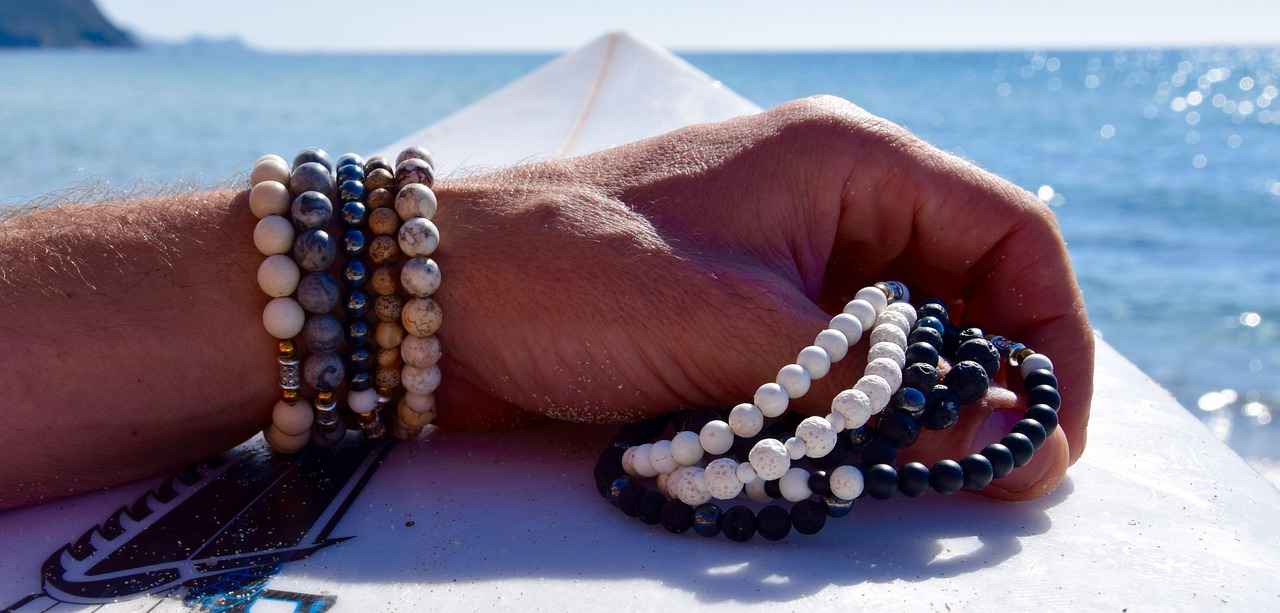
What Factors Influence Jewelry Resale Value?
When it comes to selling jewelry, understanding the factors that influence resale value is essential for making informed decisions. Various elements come into play, each contributing to how much you can expect to receive for your treasured pieces. This article delves into these key factors, ensuring you have a comprehensive grasp of what affects the resale value of your jewelry.
The brand of your jewelry can significantly impact its resale value. Well-known luxury brands like Cartier, Tiffany & Co., and Van Cleef & Arpels often command higher prices due to their reputation for quality and craftsmanship. Buyers are generally willing to pay a premium for pieces from these brands, making them a wise investment.
The condition of your jewelry is another critical factor. Jewelry that shows signs of wear, such as scratches, tarnishing, or missing stones, may fetch a lower price. It is advisable to evaluate your piece thoroughly, noting any damage that may require repair. A well-maintained piece not only attracts buyers but also enhances its perceived value.
The materials used in your jewelry play a pivotal role in determining its resale value. Precious metals like gold, platinum, and silver, along with high-quality gemstones, tend to retain their value better than costume jewelry. Buyers often look for pieces made from solid gold or those featuring certified gemstones, as these materials are seen as more desirable and valuable.
Market demand is a dynamic factor that can fluctuate based on trends and consumer preferences. For instance, certain styles may become popular, driving up prices, while others may fall out of favor. Staying informed about current trends can help you time your sale to maximize profit. Researching online marketplaces and auction results can provide insights into what is currently in demand.
Having proper documentation can significantly enhance your jewelry’s resale value. Certificates of authenticity, original receipts, and appraisals serve as proof of value and quality, instilling confidence in potential buyers. If you have a piece with a notable history or provenance, this can also increase its appeal and value.
Seasonality can also impact the resale value of jewelry. Certain times of the year, such as holidays or wedding seasons, may see increased demand for specific types of jewelry, such as engagement rings or festive pieces. Understanding these patterns can help you strategically plan when to sell your jewelry for maximum profit.
In summary, several factors influence the resale value of jewelry, including brand, condition, material quality, market demand, provenance, and seasonal trends. By carefully considering these elements, you can better position yourself to achieve a favorable outcome when selling your jewelry.
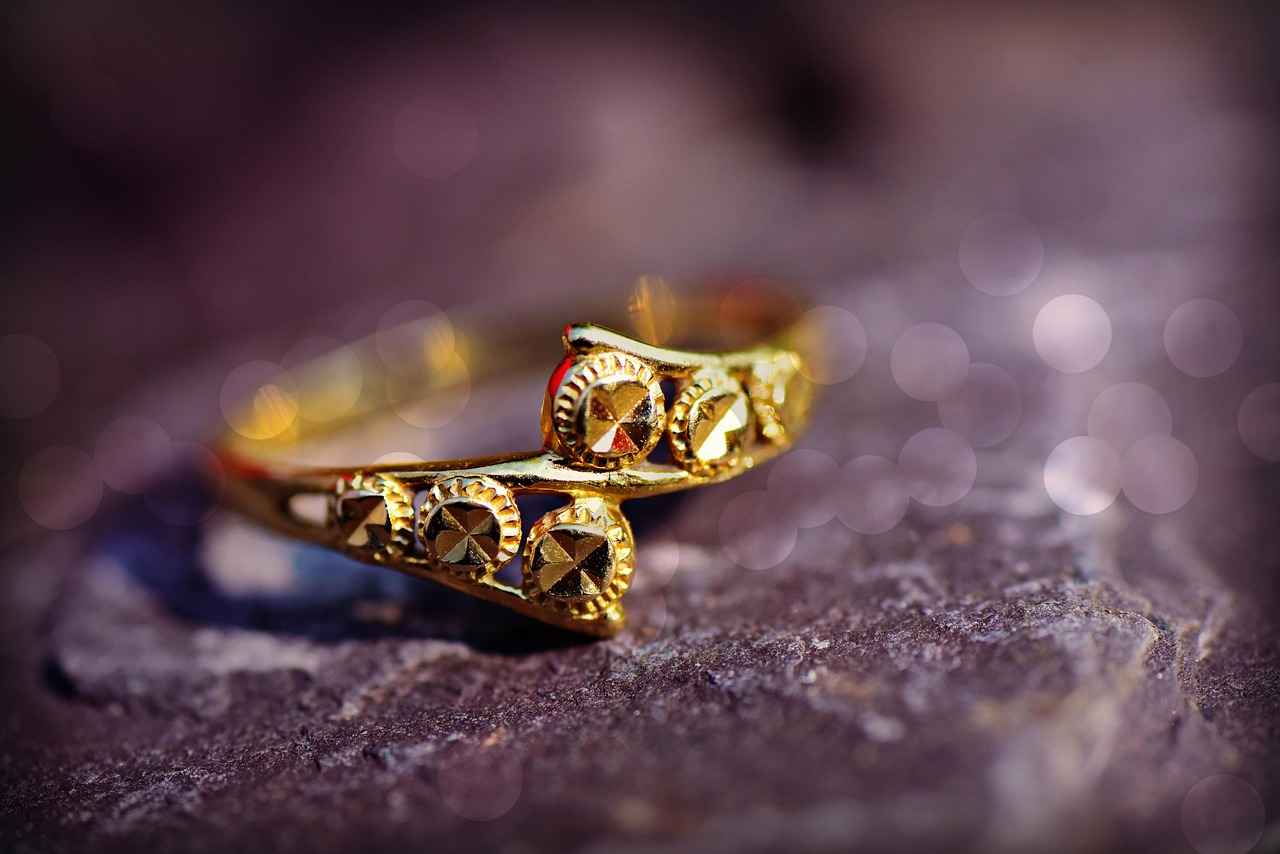
How to Assess the Condition of Your Jewelry?
When it comes to selling your jewelry, understanding its condition is paramount. Assessing the condition of your jewelry not only aids in determining its resale value but also ensures that you present it in the best possible light to potential buyers. Here’s how to effectively evaluate your pieces.
Evaluating the condition of your jewelry is vital for accurate valuation. It helps you identify signs of wear, any damage, and necessary repairs that could impact its overall worth. A well-maintained piece will always attract more buyers and can command a higher price.
- Scratches and Dents: Inspect your jewelry for any visible scratches or dents. These imperfections can detract from the overall appeal and value.
- Loose Stones: Check for any loose or missing stones. A missing gemstone can significantly reduce the value of a piece.
- Discoloration: Look for signs of tarnishing or discoloration, especially in silver and gold pieces. Cleaning may be necessary to enhance appearance.
- Wear on Clasps and Chains: Inspect clasps and chains for wear. A weak clasp can be a red flag for potential buyers.
- Overall Craftsmanship: Evaluate the craftsmanship of the piece. High-quality craftsmanship can enhance value, while poor quality can diminish it.
To perform a comprehensive assessment, consider the following steps:
- Visual Inspection: Start with a close visual inspection under good lighting. Take your time to examine every detail.
- Use a Magnifying Glass: A magnifying glass can help you spot tiny details that may not be visible to the naked eye.
- Seek Professional Help: If you’re unsure about the condition, consider consulting a professional jeweler. They can provide insights and recommend necessary repairs.
Depending on your evaluation, you may find that certain repairs are needed:
- Stone Replacement: If any stones are missing or damaged, replacing them can restore the piece’s value.
- Polishing: A professional polish can remove scratches and restore shine, making your jewelry more appealing.
- Chain Repair: If the chain is worn or broken, repairing it will enhance the functionality and aesthetics.
The condition of your jewelry plays a crucial role in its resale value. Jewelry in excellent condition can fetch higher prices, while pieces with significant wear or damage may only sell for a fraction of their original value. Buyers are often willing to pay more for items that appear well-cared-for and are in good working order.
If you’re uncertain about your jewelry’s condition or its impact on value, seeking a professional appraisal can be beneficial. An expert can provide a detailed report on the condition, necessary repairs, and an accurate valuation based on current market trends.
In conclusion, assessing the condition of your jewelry is an essential step in the selling process. By thoroughly evaluating your pieces, identifying necessary repairs, and understanding how condition affects value, you can make informed decisions that maximize your potential returns.
Are Appraisals Necessary for Resale Value?
When it comes to selling your jewelry, understanding its value is paramount. One of the most effective ways to gain insight into the worth of your pieces is through professional appraisals. These appraisals provide a detailed examination and an expert opinion on the value of your jewelry, which can be crucial for making informed decisions.
Jewelry appraisals are essential for several reasons. Firstly, they offer an objective assessment of your jewelry’s value, taking into account various factors such as materials, craftsmanship, and current market trends. This expert evaluation can help you understand what to expect when you enter the resale market.
Knowing when to seek an appraisal is crucial. If you are considering selling your jewelry, it’s wise to get an appraisal beforehand. This will not only give you an idea of its worth but also prepare you for negotiations with potential buyers. Additionally, if your jewelry has undergone any significant changes—such as repairs or modifications—an updated appraisal can reflect its current value accurately.
During the appraisal process, you can expect a comprehensive evaluation of your jewelry. The appraiser will examine the piece for its materials, including the type of metal and gemstones, as well as its craftsmanship. They will also consider market trends that might affect the value. This thorough examination ensures that you receive a reliable and accurate valuation.
The cost of jewelry appraisals can vary significantly, often depending on the appraiser’s expertise and the complexity of the piece. On average, you might expect to pay anywhere from $50 to $150 for a standard appraisal. However, investing in a professional appraisal can pay off by helping you secure a better selling price.
In addition to aiding in resale, appraisals are also vital for insurance purposes. Having an accurate appraisal ensures that your jewelry is adequately covered in case of theft, loss, or damage. Insurance companies often require an appraisal to establish the value of the item, which can help you avoid significant financial loss.
Not all appraisals hold the same weight. It’s important to choose a qualified and reputable appraiser, preferably one who is certified by a recognized organization. Look for appraisers who have experience in the specific type of jewelry you own, as their specialized knowledge will contribute to a more accurate valuation.
Once you have your appraisal in hand, you can use it as a powerful tool when negotiating with potential buyers. Presenting an official appraisal can instill confidence in buyers and justify your asking price. It also provides a clear reference point for discussions, making the selling process smoother and more transparent.
In summary, professional appraisals are a crucial step in understanding and maximizing the resale value of your jewelry. They offer expert insights that can guide you in both selling and insuring your precious items, ensuring you make informed decisions that reflect their true worth.
What to Expect from a Jewelry Appraisal?
When considering the resale of your jewelry, understanding the appraisal process is essential. An appraisal not only helps you determine the value of your piece but also provides insights into its historical significance and marketability. Here’s what you can expect during a jewelry appraisal.
During an appraisal, your jewelry will undergo a comprehensive evaluation. This examination typically includes the following aspects:
- Materials: The appraiser will assess the type and quality of materials used, such as gold, silver, platinum, and gemstones. Each material has its own market value, which can fluctuate based on trends and demand.
- Craftsmanship: The quality of workmanship is crucial. Handcrafted pieces may hold more value than mass-produced items. The appraiser will examine the intricacies of the design and the skill involved in its creation.
- Market Trends: Appraisers stay updated on current market conditions and trends. They will consider how these factors impact the value of your jewelry. For example, certain styles may be more desirable during specific seasons or years.
Having a professional appraisal is vital for several reasons:
- Establishing Value: A certified appraisal provides a documented value for your jewelry, which can be beneficial for insurance purposes, resale, or estate planning.
- Expert Insights: Appraisers often have extensive knowledge about the jewelry market, including what buyers are currently looking for. This insight can guide you in making informed selling decisions.
- Negotiation Power: Knowing the true value of your piece gives you leverage when negotiating with potential buyers or sellers.
Choosing the right appraiser is crucial to ensure a fair and accurate valuation. Here are some tips:
- Credentials: Look for appraisers who are certified by recognized organizations, such as the American Society of Appraisers (ASA) or the International Society of Appraisers (ISA).
- Experience: Consider their experience in the jewelry field. An appraiser with a background in the specific type of jewelry you own will be more qualified to assess its value.
- Reputation: Research reviews and testimonials from previous clients to gauge their reliability and professionalism.
Once the appraisal is complete, you will receive a detailed report outlining the findings. This report typically includes:
- Description: A thorough description of the jewelry piece, including materials, dimensions, and any unique features.
- Value Estimate: The appraised value, which reflects the current market conditions.
- Photographs: High-quality images of the piece may accompany the report for documentation purposes.
In conclusion, understanding what to expect from a jewelry appraisal can significantly enhance your selling strategy. By knowing the value of your jewelry and the factors influencing it, you can make informed decisions that maximize your return.
How Much Does an Appraisal Cost?
When considering the resale value of your jewelry, one crucial step is obtaining a professional appraisal. However, many individuals wonder The answer is not straightforward, as the cost can vary based on several factors, including location, the appraiser’s experience, and the complexity of the jewelry piece.
The cost of jewelry appraisals can range significantly. On average, you might expect to pay between $50 to $150 for a basic appraisal. However, more intricate pieces, particularly those with rare gemstones or intricate designs, may incur higher fees, sometimes exceeding $300 or more. It’s essential to consider these costs when budgeting for your appraisal.
- Location: Appraisal costs can differ based on geographical location. Urban areas with a higher cost of living may charge more for appraisal services than rural areas.
- Expertise: The appraiser’s qualifications and experience significantly impact their fees. Certified appraisers with extensive credentials typically charge higher rates.
- Type of Jewelry: The complexity and type of jewelry being appraised can also affect the cost. For instance, antique or vintage pieces may require more in-depth analysis.
- Market Demand: If the jewelry is in high demand, the appraisal process may be more rigorous, leading to increased costs.
While the cost of an appraisal may seem high, it is a worthwhile investment. A professional appraisal provides you with an expert opinion on your jewelry’s value, which is crucial for resale. Without an accurate appraisal, you risk pricing your jewelry too low or too high, both of which can lead to financial loss.
During the appraisal process, the appraiser will conduct a comprehensive examination of your jewelry. This includes:
- Assessing the materials used in the piece, such as metals and gemstones.
- Evaluating the craftsmanship and condition of the jewelry.
- Researching current market trends to determine a fair market value.
After this thorough analysis, you will receive a detailed appraisal report, which can be invaluable when selling your jewelry.
To ensure you receive a fair appraisal, it’s crucial to find a reputable appraiser. Look for professionals who are certified by recognized organizations, such as the American Society of Appraisers or the National Association of Jewelry Appraisers. These certifications indicate a level of expertise and adherence to industry standards.
When planning for an appraisal, it’s wise to set aside a budget that accounts for the possible range of fees. Additionally, consider that some jewelers may offer complimentary appraisals if you decide to sell the piece through them. Always inquire about any potential costs upfront to avoid unexpected expenses.
In summary, understanding the costs associated with jewelry appraisals is essential for anyone looking to determine the resale value of their items. By investing in a professional appraisal, you can gain valuable insights that will help you make informed decisions in the resale market.
Where to Sell Your Jewelry for Maximum Value?
When it comes to selling your jewelry, identifying the right marketplace is crucial for achieving the best resale price. The options available to you include online platforms, auction houses, and local jewelers. Each of these marketplaces presents unique benefits and challenges that can significantly affect the outcome of your sale.
Online marketplaces such as eBay, Etsy, and specialized jewelry sites like Chrono24 have gained immense popularity. They provide access to a vast audience, which can increase your chances of finding a buyer willing to pay a premium price. However, selling online also comes with its own set of challenges:
- Competition: The sheer volume of listings can make it difficult for your piece to stand out.
- Fees: Many platforms charge listing and selling fees that can eat into your profits.
- Trust Issues: Buyers may be hesitant to purchase expensive items from individual sellers without established reputations.
Auction houses can be an excellent option for high-value jewelry. They often attract serious collectors and can create a competitive bidding environment that drives up prices. However, there are important considerations:
- Commission Fees: Auction houses typically charge a commission on the final sale price, which can be substantial.
- Time-Consuming: The auction process can take time, and there’s no guarantee that your piece will sell on the first attempt.
- Expertise: Established auction houses often provide expert valuation and marketing, which can enhance your piece’s visibility.
Local jewelers can offer a more personal selling experience. They may be interested in purchasing your jewelry outright or helping you sell it on consignment. The benefits of selling to local jewelers include:
- Immediate Payment: You may receive cash immediately if the jeweler decides to purchase your piece.
- Expert Insight: Local jewelers can provide valuable insights into the local market and help you set a fair price.
- Trust Factor: Selling locally can build a sense of trust, as you are dealing with someone in your community.
Each marketplace has its pros and cons, and the best choice for you will depend on your specific circumstances:
| Marketplace | Pros | Cons |
|---|---|---|
| Online Platforms | Wide audience, convenience | High competition, fees |
| Auction Houses | Potential for high bids, expert marketing | Commission fees, time-consuming |
| Local Jewelers | Immediate payment, local trust | Possibly lower offers, limited audience |
Ultimately, your decision should be informed by factors such as the type of jewelry you are selling, its estimated value, and your personal preferences regarding the selling process. By carefully considering these marketplaces, you can optimize your chances of achieving the maximum resale value for your jewelry.
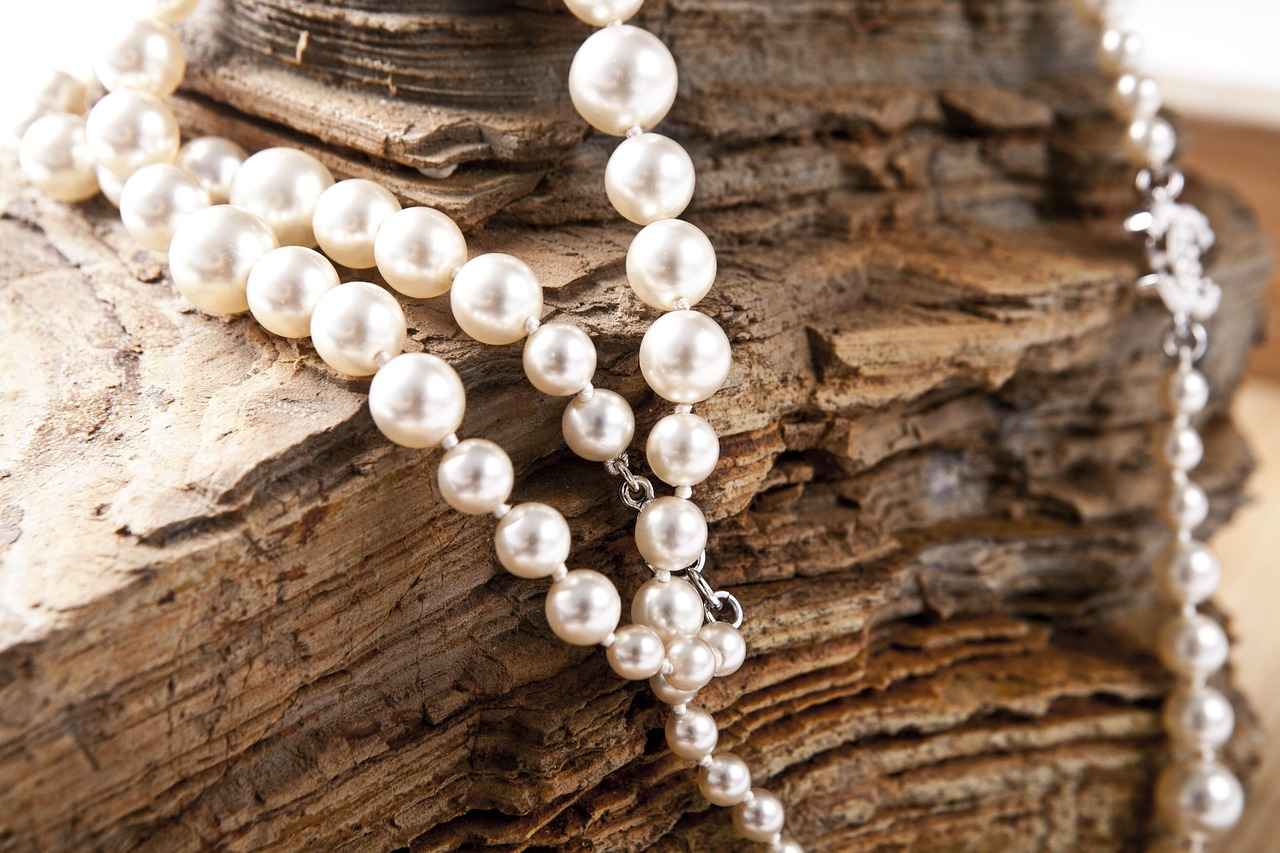
What Role Does Market Demand Play in Resale Value?
When it comes to selling jewelry, understanding the impact of market demand is essential for maximizing your profits. The resale value of jewelry can fluctuate significantly based on current trends and consumer preferences. By staying informed about the market landscape, you can strategically time your sale to achieve the best possible return on your investment.
The value of jewelry is not static; it is influenced by various factors, with market demand being one of the most significant. When demand for specific styles, materials, or brands increases, the resale value of those items tends to rise accordingly. Conversely, if a particular trend falls out of favor, the value can diminish. Understanding these dynamics can help you make informed decisions.
- Online Research: Utilize platforms like Google Trends, Pinterest, and Instagram to see what styles are trending. Hashtags related to jewelry can provide insights into popular designs.
- Industry Reports: Subscribe to jewelry industry publications and reports that analyze market trends and consumer behavior.
- Attend Trade Shows: Visiting jewelry trade shows can give you a firsthand look at emerging trends and what retailers are focusing on.
Currently, styles that emphasize sustainability and unique craftsmanship are gaining traction. Vintage and antique pieces are also highly sought after, as they offer a sense of history and individuality. Additionally, personalized jewelry, such as name necklaces and birthstone rings, continues to attract buyers looking for meaningful gifts.
Timing is everything when it comes to selling jewelry. Seasonal factors can play a significant role in market demand. For instance, the holiday season often sees a spike in demand, making it an ideal time to sell. Additionally, consider major events such as weddings, anniversaries, and graduations, when people are more likely to purchase jewelry as gifts.
Understanding consumer preferences is just as important as recognizing market demand. Factors such as age, gender, and lifestyle can influence what buyers are looking for. For example, younger consumers might prefer trendy, affordable pieces, while older buyers may seek classic, high-quality items. Tailoring your selling strategy to align with these preferences can enhance your chances of a successful sale.
To leverage market demand effectively, consider the following strategies:
- Research Comparable Sales: Look at similar pieces sold recently to gauge potential resale value.
- Utilize Social Media: Promote your jewelry on platforms where potential buyers congregate. Engaging with followers can create interest and urgency.
- Stay Flexible: Be willing to adjust your asking price based on market feedback and demand fluctuations.
In conclusion, understanding the role of market demand in jewelry resale value is crucial for sellers. By staying informed about current trends, consumer preferences, and timing your sale effectively, you can significantly enhance your chances of achieving optimal profit. Remember, the jewelry market is ever-evolving, and being adaptable will serve you well in your selling endeavors.
How to Monitor Jewelry Market Trends?
Monitoring jewelry market trends is crucial for sellers aiming to maximize their profits. By staying informed about current styles, materials, and consumer preferences, you can make smarter decisions when it comes to selling your jewelry. This section will explore effective strategies for tracking market trends, ensuring you remain competitive in the ever-evolving jewelry landscape.
Understanding market trends can significantly influence your selling strategy. Market demand fluctuates, and knowing what styles and materials are in vogue can help you time your sales for maximum profit. Additionally, being aware of trends allows you to adjust your inventory and marketing strategies accordingly, ensuring that your offerings resonate with potential buyers.
- Industry Reports: Regularly review jewelry industry reports from reputable sources. These reports often provide insights into market performance, emerging trends, and consumer behavior.
- Social Media: Platforms like Instagram and Pinterest are excellent for observing current trends. Follow popular jewelry influencers and brands to see what styles are gaining traction.
- Online Marketplaces: Websites like Etsy and eBay can offer insights into what types of jewelry are selling well. Pay attention to best-sellers and trending items in your niche.
Social media is a powerful tool for monitoring jewelry trends. Engaging with communities on platforms such as Facebook and Instagram can provide valuable feedback on consumer preferences. Use hashtags related to jewelry trends to discover popular designs and styles. Additionally, consider joining jewelry-focused groups where members share insights and experiences.
Networking with industry professionals can be an invaluable resource for staying updated on market trends. Attend trade shows, exhibitions, and jewelry fairs to connect with other sellers and manufacturers. Engaging in conversations with fellow jewelers can expose you to new ideas and trends that may not yet be widely recognized.
Analyzing your competitors can also provide insights into market trends. Monitor their product offerings, pricing strategies, and marketing campaigns. By understanding what works for others in the industry, you can adapt your approach to better meet consumer demands.
Jewelry trends can vary by season, with certain styles becoming more popular during specific times of the year. For instance, holiday seasons often see an increase in demand for engagement rings and festive jewelry. Understanding these seasonal patterns can help you plan your inventory and marketing strategies effectively.
Consider utilizing various tools and apps designed to help sellers track market trends. Platforms such as Google Trends can provide data on search interest in specific jewelry types over time. Additionally, tools like SEMrush can offer insights into keyword performance, helping you identify what potential buyers are searching for online.
In conclusion, staying informed about jewelry market trends is essential for sellers looking to optimize their sales strategies. By utilizing online resources, engaging with social media, networking with industry professionals, and monitoring competitors, you can gain a comprehensive understanding of the market landscape. This proactive approach will not only enhance your selling experience but also increase your chances of achieving maximum resale value for your jewelry.
What Are Seasonal Considerations for Selling Jewelry?
Understanding the seasonal dynamics of the jewelry market is essential for maximizing your resale profits. Various factors, including holidays, fashion trends, and economic conditions, can significantly influence the prices you can achieve when selling your jewelry. By recognizing these patterns, you can make informed decisions about the timing of your sale.
The resale value of jewelry can vary greatly throughout the year. For instance, holiday seasons such as Christmas, Valentine’s Day, and Mother’s Day often see a spike in demand for jewelry. During these times, buyers are more willing to spend, which can lead to higher selling prices for your pieces. Conversely, there are periods when demand drops, such as right after the holidays, which can negatively impact resale values.
- Spring: This season often brings weddings and graduations, leading to increased interest in engagement rings, wedding bands, and gifts. It’s an excellent time to sell.
- Summer: While jewelry sales may slow down during the summer months, certain styles, like colorful gemstones, may attract buyers looking for unique pieces.
- Fall: As the holiday season approaches, fall is a strategic time to sell. Many consumers start their holiday shopping early, and jewelry becomes a popular gift choice.
- Winter: The winter holiday season can yield the highest prices for jewelry, especially diamond pieces, as buyers are eager to purchase gifts for loved ones.
To capitalize on seasonal trends, consider the following strategies:
- Plan Ahead: Monitor the calendar and anticipate peak selling periods. Prepare your jewelry for sale in advance to ensure it is in excellent condition.
- Market Research: Stay informed about current trends and consumer preferences. This can help you identify which pieces are likely to be in demand during specific seasons.
- Targeted Marketing: If you are selling online, tailor your marketing efforts to align with seasonal themes. Highlight your jewelry as perfect gifts for upcoming holidays.
Choosing to sell your jewelry during off-peak times can pose risks. For example, if you attempt to sell during a period of low demand, you may have to lower your asking price significantly to attract buyers. Additionally, holding onto your jewelry for too long might lead to changes in market trends, which could further decrease its value.
In summary, understanding seasonality is a crucial aspect of selling jewelry effectively. By recognizing peak selling times and aligning your sales strategy accordingly, you can maximize your profits and ensure a successful transaction. Always keep an eye on market trends and consumer behavior to make the most informed decisions regarding your jewelry sales.
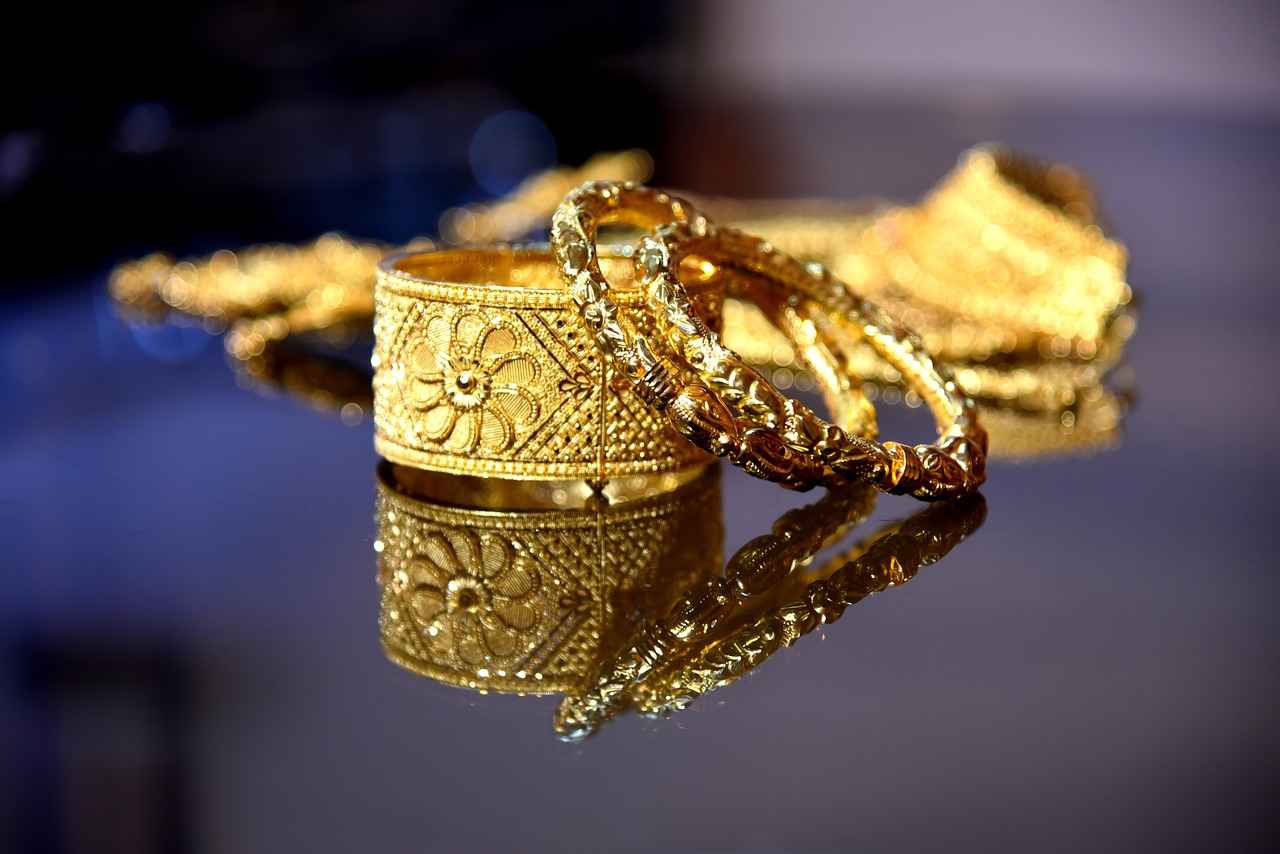
How to Prepare Your Jewelry for Sale?
When it comes to selling your jewelry, proper preparation is key to maximizing its appeal and resale value. The steps you take before listing your piece can significantly influence how potential buyers perceive it. In this section, we will explore essential tips and best practices for preparing your jewelry for sale.
Before putting your jewelry on the market, cleaning is crucial. A well-maintained piece not only looks more attractive but also helps to convey a sense of value. Buyers are often drawn to jewelry that sparkles and shines, so taking the time to clean your items can make a substantial difference in their appeal.
There are various methods to clean jewelry, depending on the materials involved:
- For Gold and Silver: Use a mild soap solution and a soft cloth to gently wipe the surface.
- For Gemstones: Be cautious; some stones require specific cleaning methods. For example, pearls should be wiped with a damp cloth.
- For Diamonds: A mixture of warm water and dish soap can help restore their brilliance.
Always ensure that the cleaning method is suitable for the specific type of jewelry to avoid any damage.
Inspect your jewelry for any signs of wear or damage. Look for:
- Loose stones
- Worn-out clasps
- Scratches or dents
If you notice any issues, consider repairing them before selling. A piece in excellent condition will attract more buyers and can command a higher price. Professional jewelers can help with repairs, ensuring that your jewelry is in the best possible shape.
Providing documentation can significantly enhance buyer confidence. Consider including:
- Original receipts
- Certificates of authenticity
- Appraisal reports
Having these documents readily available not only supports your asking price but also assures buyers of the quality and authenticity of the piece.
High-quality images are essential when listing your jewelry online. Ensure that your photographs:
- Show multiple angles
- Highlight any unique features
- Are well-lit and clear
Investing time in capturing stunning images can significantly increase interest from potential buyers.
When creating a listing, your description should be detailed and engaging. Include:
- The type of metal and gemstones used
- Any special features or history of the piece
- Condition and any repairs made
Using descriptive language can help buyers visualize the piece and understand its value, enhancing the likelihood of a sale.
Research similar items to gauge the market value of your jewelry. Consider factors such as:
- Current trends
- Brand reputation
- Condition and age of the piece
Setting a competitive price is crucial for attracting buyers while ensuring you receive a fair return on your investment.
In summary, proper preparation can significantly enhance the appeal and resale value of your jewelry. By cleaning, repairing, providing documentation, and presenting your items effectively, you can attract more buyers and achieve better selling prices.
Should You Clean Your Jewelry Before Selling?
When considering the resale of your jewelry, one of the most crucial steps is determining whether to clean your jewelry before selling. This process can significantly impact both the visual appeal and perceived value of your items. A piece of jewelry that sparkles and shines is more likely to attract potential buyers, making it an essential consideration in the selling process.
Cleaning your jewelry serves multiple purposes. Firstly, it enhances the visual appeal of the piece. Buyers are naturally drawn to items that look well-maintained and cared for. A dirty or tarnished item may create doubts about its quality and history, potentially leading to lower offers.
- Gold Jewelry: Use a mixture of warm water and mild dish soap. Soak the piece for a few minutes, then gently scrub with a soft brush before rinsing and drying.
- Silver Jewelry: Employ a silver polish or a mixture of baking soda and water to remove tarnish. Always follow up with a soft cloth to restore shine.
- Gemstone Jewelry: Be cautious with cleaning agents. Use lukewarm water and a soft cloth, avoiding harsh chemicals that could damage the stones.
There are several benefits to cleaning your jewelry prior to listing it for sale:
- Increased Attractiveness: A clean piece stands out in listings and during in-person viewings.
- Higher Perceived Value: Buyers are often willing to pay more for jewelry that appears well-cared-for.
- Fewer Questions: A clean item can reduce buyer concerns about its condition, making the selling process smoother.
In addition to cleaning, consider whether your jewelry requires any repairs. A broken clasp, missing stones, or scratches can detract from the overall value. Investing in minor repairs can often yield a higher return on your investment. However, ensure that any repairs are conducted by a qualified jeweler to maintain the integrity of the piece.
If you’re unsure about cleaning your jewelry yourself, consider seeking professional cleaning services. Jewelers have specialized tools and solutions that can restore your piece to its original luster without risking damage. This is particularly important for intricate or valuable items.
In summary, cleaning your jewelry before selling is not just advisable; it is essential. A well-maintained piece not only enhances its attractiveness but also increases its perceived value, making it more appealing to potential buyers. By taking the time to clean and, if necessary, repair your jewelry, you position yourself to achieve the best possible price in the resale market.
What Documentation Should Accompany Your Jewelry?
When selling jewelry, the importance of proper documentation cannot be overstated. Providing the right documents can significantly impact buyer confidence and ultimately influence the resale value of your items. This section will delve into the types of documentation that can enhance your jewelry’s appeal in the marketplace.
Documentation serves as proof of authenticity and value, which can reassure potential buyers. When they see that a piece comes with original receipts and certificates of authenticity, they are more likely to feel confident in their purchase. This trust can enable sellers to command a higher asking price.
- Original Receipts: These serve as proof of purchase and can help establish the provenance of the jewelry. They are particularly important for high-value items.
- Certificates of Authenticity: Issued by reputable jewelers or gemological laboratories, these certificates confirm the quality and authenticity of the materials used in the jewelry.
- Appraisals: A professional appraisal provides an expert evaluation of the jewelry’s worth based on current market conditions. This can be crucial for setting a fair asking price.
- Maintenance Records: Documents showing any repairs or maintenance performed on the piece can indicate that the jewelry has been well cared for, which can enhance its value.
Buyers are more likely to invest in jewelry that comes with comprehensive documentation. The presence of original receipts and certificates can create a sense of security and trust. Buyers are often wary of counterfeit items, and proper documentation can mitigate these concerns.
When preparing to sell your jewelry, consider compiling the following:
- Original purchase receipts- Certificates of authenticity- Recent appraisals- Maintenance and repair records
Having these documents readily available can streamline the selling process and make your jewelry more attractive to potential buyers.
Obtaining appraisals and certificates should be done through reputable sources. Look for certified appraisers who are members of recognized professional organizations. This ensures that the evaluation is credible and can be trusted by buyers.
Keep your documents organized and accessible. Consider creating a dedicated folder or binder for all paperwork related to your jewelry. This not only makes it easier for you to present to potential buyers but also shows that you are serious and professional about the sale.
In summary, providing thorough documentation such as original receipts, certificates of authenticity, and appraisals is vital when selling jewelry. This practice enhances buyer confidence, supports your asking price, and ultimately improves the resale value of your items. By investing time in gathering and organizing the right documents, you can make your jewelry more appealing in the competitive resale market.
Frequently Asked Questions
- What factors should I consider when determining the resale value of my jewelry?
When evaluating your jewelry’s resale value, consider factors like the brand, materials, condition, and current market demand. Each of these elements plays a crucial role in how much potential buyers are willing to pay.
- Is it necessary to get my jewelry appraised before selling?
While not always necessary, a professional appraisal can provide an expert opinion on your jewelry’s value. This can help you set a fair asking price and ensure you get the best deal possible in the resale market.
- How can I effectively prepare my jewelry for sale?
To prepare your jewelry for sale, clean it thoroughly, repair any damage, and gather relevant documentation like receipts or certificates of authenticity. This not only enhances its appeal but can also boost its perceived value.
- Where is the best place to sell my jewelry?
The best place to sell your jewelry depends on your goals. Online platforms, auction houses, and local jewelers each have their pros and cons. Researching these options can help you choose the right marketplace for maximum value.
- How can I stay updated on jewelry market trends?
To keep up with jewelry market trends, utilize online resources, read industry reports, and follow social media channels dedicated to jewelry. This knowledge can help you time your sale for optimal profit.

